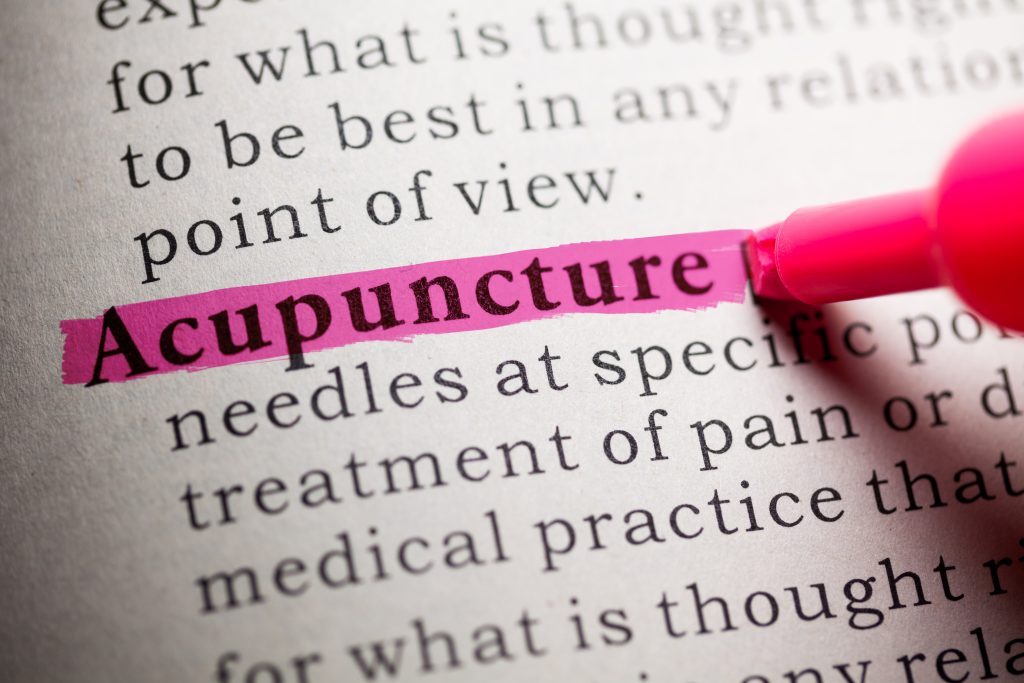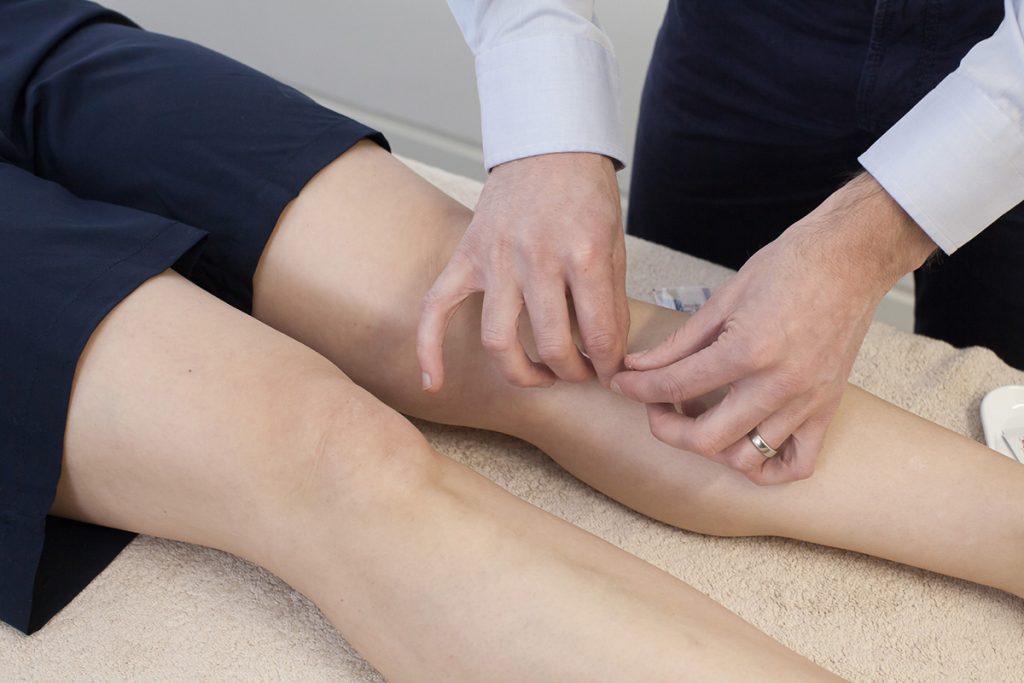Acupuncture
Acupuncture
Acupuncture is one of the oldest recorded forms of medicine having been used in China for over 3,000 years. The Chinese believe that the body is a self-healing mechanism and the use of acupuncture is aimed at encouraging this self healing ability.


There are several theories as to how the effects of acupuncture are produced. The traditional Chinese view is that Qi (energy) flows freely along meridian pathways when the body is in a healthy state. If there is a problem, such as with injury, disease or musculoskeletal condition, then this energy flow gets blocked and stagnates.
How Does Acupuncture Work?
The insertion of a fine acupuncture needle into the skin, stimulating an acupuncture point, relieves this stagnation and the pain and /or weakness that goes with it.
Research has been able to show that acupuncture stimulates the brain to produce natural chemicals, called endorphins, which give pain relief. Specific areas of the brain associated with the perception of pain when viewed on functional MRI scans, have also been shown to exhibit reduced activity as a result of acupuncture. This evidence goes some way to explaining what the Chinese have always known, that acupuncture can provide lasting, strong pain relief to musculoskeletal conditions.
As well as pain relief, acupuncture can stimulate healing. Due to the concentration of nerve endings, specific cells and vessels at acupuncture points, an integrated response involving the release of enzymes, hormones, chemicals and local circulatory changes can be initiated that stimulating healing.
What Conditions Can Acupuncture Treat?
Acupuncture has been used to treat many medical problems, but is particularly useful for pain in musculoskeletal conditions as it can help with neck and back pain, muscle and joint pain (including osteoarthritis) and headaches. In fact it is so effective that N.I.C.E. (National Institute of Clinical Excellence) have approved it for use within hospitals as part of treatment available for patients!


Want to speak to one of our staff about this this service? Get in touch via our contact form or by calling us on (01) 853 2788.
